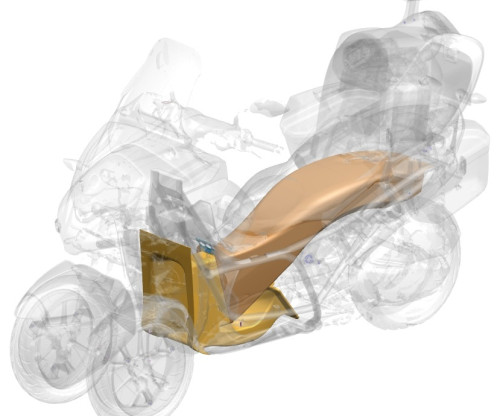General Motors plans to be carbon-neutral by 2040; eliminate LDV tailpipe emissions by 2035
Green Car Congress
JANUARY 29, 2021
GM plans to become carbon-neutral in its global products and operations by 2040 and has committed to setting science-based targets to achieve carbon neutrality. The use of GM’s products accounts for 75% of carbon emissions related to this commitment. Carbon Offsets and Credits. Electrification. Renewable Energy.





































Let's personalize your content